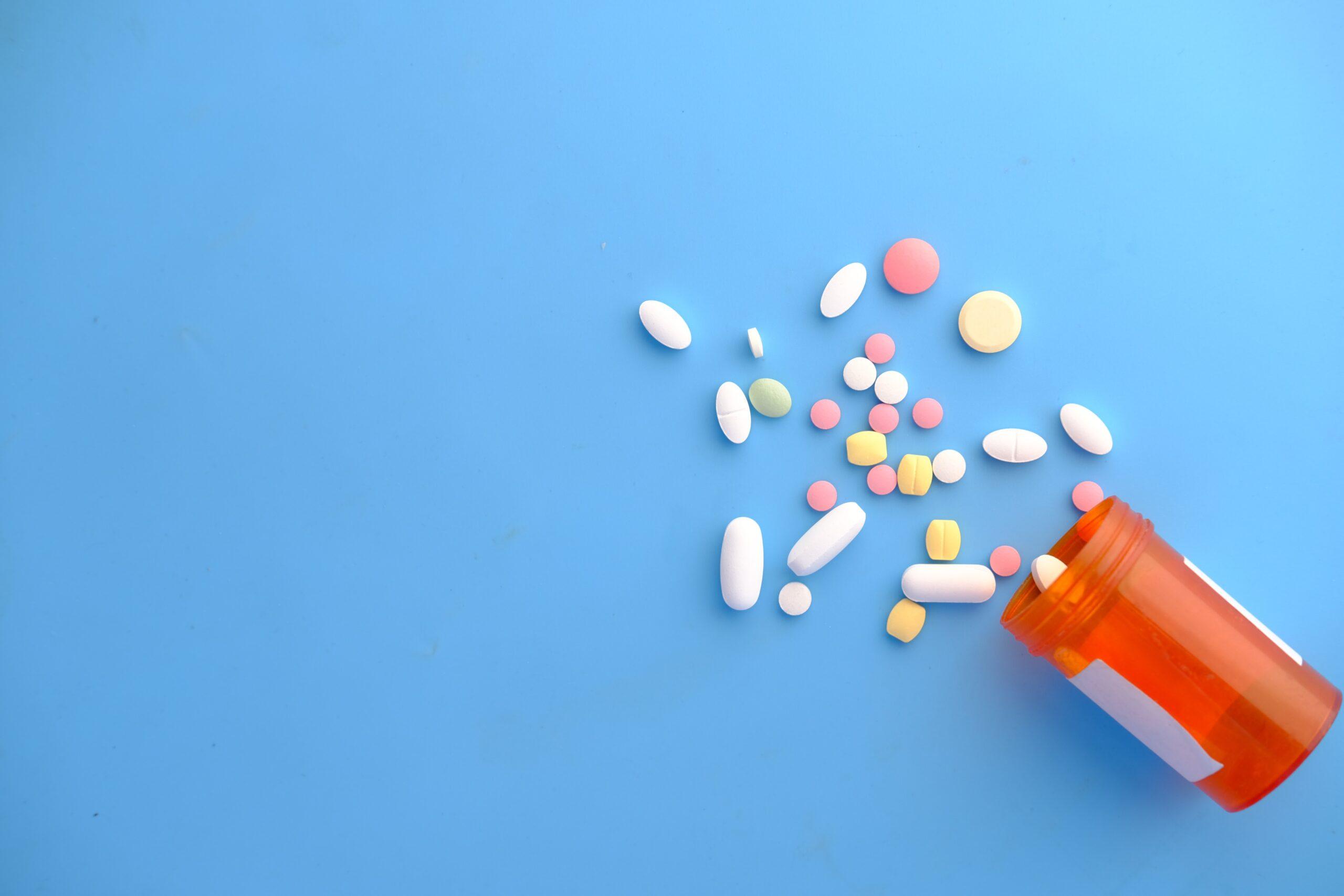For many parents, getting children to take care of their teeth is a constant struggle. But with tooth decay in young children on the rise and increasing evidence linking oral health to overall health, proper oral care is more important than ever. Besides, teaching your children the skills to care for their teeth at a young age, and seeking appropriate and timely professional care, paves the way for winning smiles and healthy mouths for years to come.
The American Academy of Pediatric Dentistry recommends that a child first visits a pediatric dentist within 6 months of his or her first tooth, and no later than the age of 1 year, even if no teeth have appeared. But, care goes beyond infancy through every stage of development, and your child’s pediatric dentist can counsel you on healthy habits such as how to brush correctly, what foods to avoid, when to use fluoride and how to prevent and treat infections.
Oral Care Begins in the Womb
A child’s oral health begins with the parents’ health habits. Even before a child is born, expectant moms can set the stage for strong, healthy teeth by getting adequate levels of calcium, phosphorus, and vitamins A, C and D, and avoiding cigarette smoke, alcohol and an excessive iron intake. Additionally, once the child is born, by keeping their own mouths clean and healthy, parents can avoid spreading bacteria to their baby through kissing or sharing utensils.
Teaching Your Child to Brush
Once a child has teeth, parents should brush them regularly using a toothbrush with soft bristles. Make brushing part of your child’s morning and evening routine, just like bathing and reading bedtime stories, so your child becomes accustomed to oral care. This also presents an opportunity to teach kids proper brushing techniques and why brushing one’s teeth is important.
By age 8, kids are old enough to start brushing their teeth on their own. Try brushing your teeth at the same time, enabling children to follow your example. Once your child’s back teeth have no spaces between them (usually around 3 or 4 years old), introduce flossing as part of the brushing routine.
Fluoride Adds Necessary Protection
Research shows that using fluoride is the most effective way to reduce cavities on the smooth surfaces of teeth, and it has been proven to reduce dental decay up to 40 percent. Once a child is 4 years old, he or she can start brushing with fluoride toothpaste and rinsing with a fluoride rinse.
For kids ages 6 and up, incorporating a fluoride rinse such as Listerine Smart Rinse into a routine of twice-daily brushing and once-daily flossing helps clean the mouth and protect the teeth against cavities. In addition to serving as a source of fluoride, Listerine Smart Rinse makes rinsing fun and helps kids learn why brushing alone is not enough. When used after brushing, the rinse works like a magnet to attract the particles that brushing leaves behind. The product tints these specks, allowing kids to see proof of a cleaner mouth when they rinse in the sink.
Other important sources of fluoride are food and water. Find out if the water system in your local area is fluoridated. If it’s not, ask your dentist what else you can do to ensure your child is receiving adequate levels of fluoride; your child may need prescription supplements. In my practice, I also recommend to parents that fluoride be applied during dentist visits beginning at 12 months of age.
Eating Right for Strong, Healthy Teeth
Many parents may not realize the impact a child’s diet can have on his or her oral health. Frequent eating or drinking, especially sugary foods and juice or soda, can cause significant harm to teeth. I recommend three full meals and two snacks a day. Remember that juice counts as a snack.
Encourage your child to brush after eating. If it’s not possible, make sure your child at least rinses with water.
Besides cleaning the teeth after eating or drinking, children should try to avoid foods that contain simple sugars, like soda, cake, candy, cereal, potato chips, cookies and juice. Simple sugars turn into acid in the mouth and can overpower saliva, the tooth’s natural buffer against decay. For a healthy, sweet alternative to simple sugars, consider giving your child fruit as a snack. Fruit also helps increase salivary flow, which can prevent decay.
Oral Care and Your Older Child
As kids age, they can play an increasingly active role in their oral care. By age 8, kids should be brushing, flossing and rinsing on their own. Older children should be taught to check all surfaces of their teeth with their tongue to determine the texture of the front and back surfaces. Instruct children, if any surface feels rough, they should brush that area again and check the feel of the teeth a second time. It’s also important for kids to drink a lot of water, especially after meals when brushing can’t be done.
Finally, parents should periodically examine their child’s mouth for gingivitis, which is visible through signs such as swollen and bleeding gums, plaque, white spots, dark stains and any other unusual signs on teeth, gums, the tongue, cheeks or lips. Be sure to report anything out of the ordinary to your child’s pediatric dentist.
No matter your child’s age, the guidance and care you provide are critical in setting the stage for a lifetime of healthy smiles. Be sure to consult a pediatric dentist if you have any questions or concerns about your child’s oral health.
Tips for a Healthy Mouth
- Set a regular bedtime for your child and make brushing part of his or her nighttime routine.
- In addition to brushing, ensure your child is flossing and rinsing with fluoride, as appropriate for his or her age.
- Avoid giving your child fluids, except water, after brushing at night.
- Don’t put your child to bed with a bottle.
- Limit snacking to twice a day.
- If your child takes liquid medication for a chronic condition, ask your pediatrician to prescribe a formula with little to no sugar.
- Examine your child for signs of decay: round yellow or brown spots on the inside of the front teeth and/or brown stains in the grooves of the rear teeth.
- Visit a pediatric dentist every six months.




